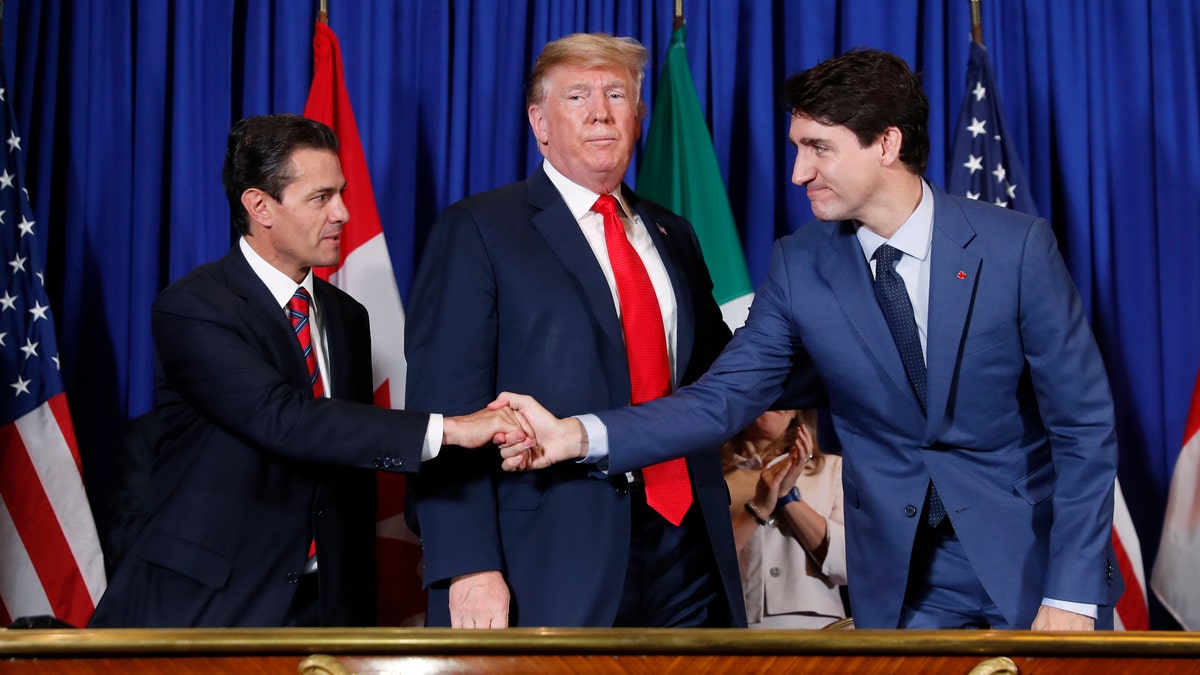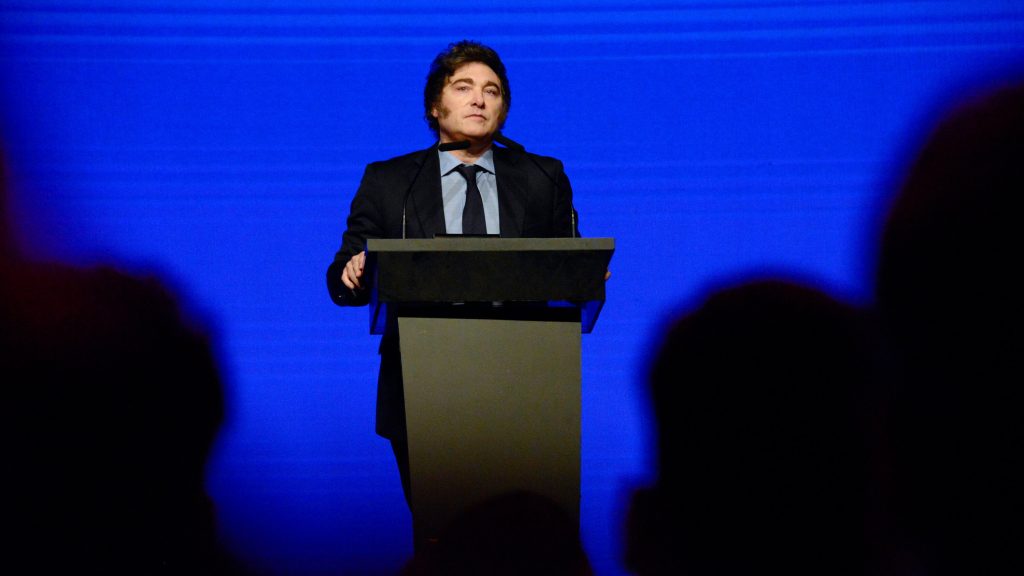In a surprising turn of events, the Trump administration has found itself at the center of a high-stakes economic deal with Argentina, sparking intense debate across the United States. The $20 billion currency swap agreement, later expanded to $40 billion, has raised questions about the role of U.S. taxpayer money in international affairs and the potential influence of political alliances on financial decisions.
The Context of the Trump and Argentina Deal
The deal came as Argentina faced one of its most severe economic crises in recent years. Under President Javier Milei, a self-proclaimed libertarian leader, Argentina had implemented drastic austerity measures to stabilize its economy. While these policies initially showed promise, they led to widespread social unrest and a deepening crisis that threatened the country’s financial stability.
As the situation escalated, the Trump administration stepped in with a bold move: a $20 billion currency swap with Argentina’s central bank. This agreement was not just a financial transaction; it was also a strategic decision aimed at bolstering a key ally in Latin America.
The Details of the Currency Swap

The currency swap involved the U.S. Treasury providing $20 billion in U.S. dollars to Argentina’s central bank, which in return provided an equivalent amount of Argentine pesos. This arrangement was designed to help Argentina manage its foreign exchange reserves and support the value of its currency during a time of significant economic uncertainty.
However, the deal was not without controversy. Critics argued that the use of taxpayer money for such a large-scale intervention was inappropriate, especially given the ongoing government shutdown in the U.S. at the time. The administration defended the move, stating that it was necessary to ensure stability and maintain influence over a critical region in the Western Hemisphere.
The Role of Private Sector in the Deal

In addition to the direct government involvement, the Trump administration also sought to engage the private sector in the deal. An additional $20 billion was pledged from private lenders, though the specifics of this arrangement remained unclear. This part of the deal was intended to reduce the burden on U.S. taxpayers while still providing substantial support to Argentina.
However, there were concerns about whether private lenders would be able to meet their commitments. Financial experts noted that the risks associated with lending to a country with a history of defaulting on its debts were significant. Despite these concerns, the administration remained optimistic about the potential for private sector involvement.
Political Implications and Criticisms

The deal also had significant political implications. President Trump made it clear that the U.S. would only continue to support Argentina if Milei’s party won the upcoming midterm elections. This conditional support sparked outrage among critics, who viewed it as a form of foreign interference in Argentina’s internal affairs.
Democratic lawmakers, including Senator Elizabeth Warren, criticized the deal as a betrayal of American interests. They argued that the administration was prioritizing the interests of a foreign leader over those of U.S. citizens, particularly farmers who felt threatened by the potential impact on the soybean market.
The Broader Geopolitical Strategy

Beyond the immediate financial implications, the deal was part of a broader geopolitical strategy. The Trump administration framed the support for Argentina as a way to counter China’s growing influence in Latin America. By strengthening ties with Argentina, the U.S. aimed to assert its dominance in the region and promote a free-market model that aligned with its own interests.
This strategy was also driven by strategic considerations related to lithium, a critical resource for clean energy technologies. Argentina sits at the heart of the “Lithium Triangle,” a region rich in lithium reserves. Securing access to this resource was seen as essential for the U.S. to build resilient supply chains and reduce dependence on China.
The Legacy of the Deal
The Trump and Argentina deal has left a lasting legacy, both in terms of its immediate impact and its long-term implications. While the agreement provided temporary relief to Argentina’s economic crisis, it also highlighted the complex interplay between politics, economics, and international relations.
Experts remain divided on the effectiveness of the deal. Some argue that it was a necessary step to prevent a more severe economic collapse, while others see it as a short-term fix that fails to address the underlying issues facing Argentina. The true test of the deal will come in the months ahead, as the country navigates the challenges of implementing the necessary reforms and maintaining economic stability.
Conclusion
The Trump and Argentina deal is a multifaceted issue that touches on economic policy, political strategy, and international relations. As the U.S. continues to navigate its role in the global economy, the lessons learned from this deal will undoubtedly shape future decisions. For now, the focus remains on the outcomes of the upcoming elections and the long-term viability of the economic support provided to Argentina.
Stay updated with the latest news on the Trump and Argentina deal as developments unfold. Explore today’s headlines to understand the full scope of this complex and evolving story.











More Stories
US Trending News: The ‘Your Mom’ White House: A Trendy Take on Political Humor
US Trending News: Who Is Karoline Leavitt, ‘Your Mom’ in Political Memes?
How Will VA Compensation Be Affected by a Government Shutdown?